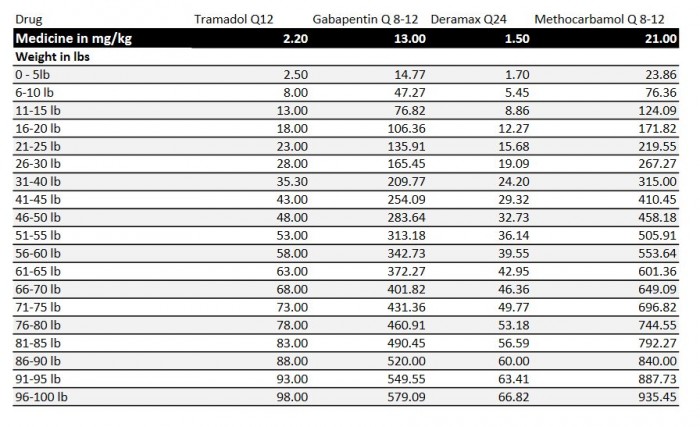Category: Aging
A Triad of Supplements for Aging Large Breed Dogs What is this? These three supplements combine (along…
Dogs Leaking Pee – “Leakers” – Hormone-Responsive-Incontinence – Symptoms and Treatments Your dog acts “pretty normal” except…
This has boosted the energy level of elderly dogs. These supplements have a part to play in…
Canine Dog Supplements Antioxidants Anti-Arthritis Immune Boosters Elderly Dogs As we’re seeing on the human side of…
You may have been given this article because your dog is having “trouble with the hind legs”…
What is “ALK”? ALKaline Phosphatase is an enzyme we find in the bloodstream of a lot of…
Auxiliary Treatments For Canines with Renal Failure Who is the consumer of this article? Dr Johnson’s face-to-face…
That Coughing Old Dog Has “Old Dog Lung”: Something about Old Dog Lungs: The cough is a…
The arthritis “triad” is a combination of THREE commonly used medications for canine arthritis discomfort. Tramadol is…
It’s a fact that dogs need exercise. NO EXERCISE can cause “fracture disease” which is stiffness of…
Vitamin C Research seems to be validating more and more of Linus Pauling’s hypotheses about Vitamin C…















